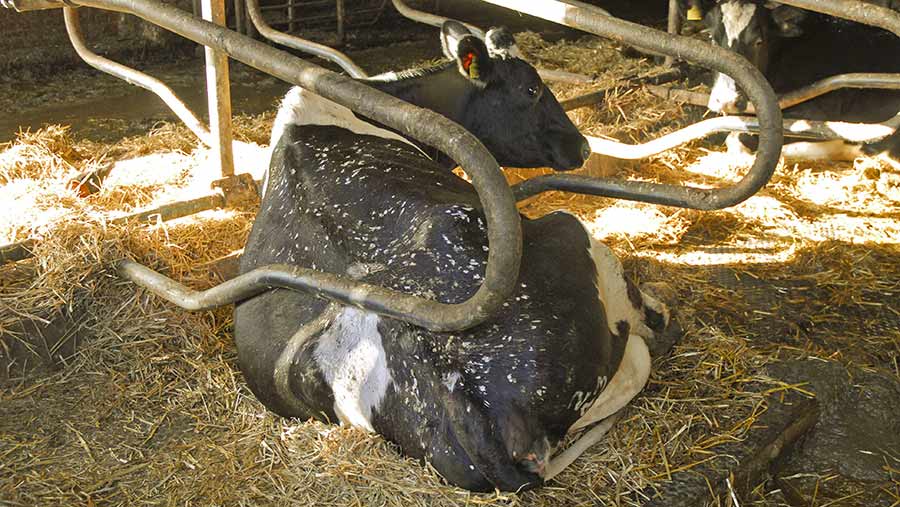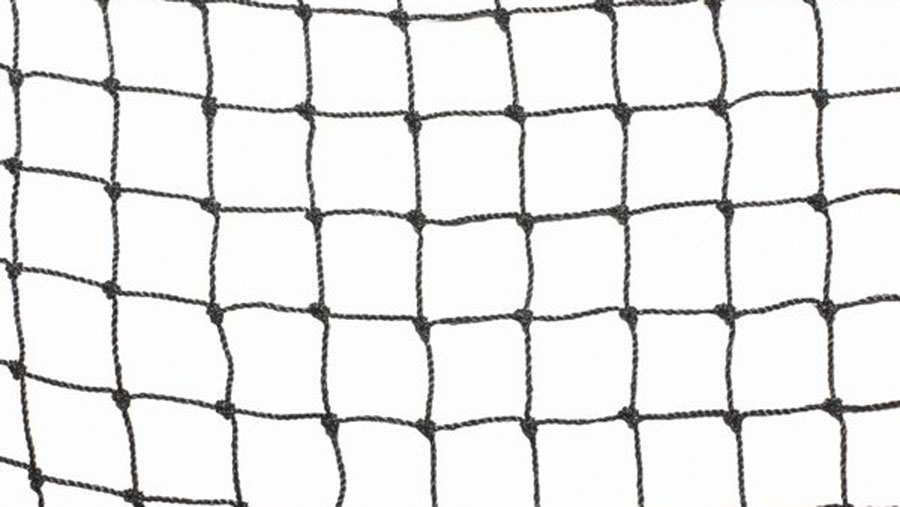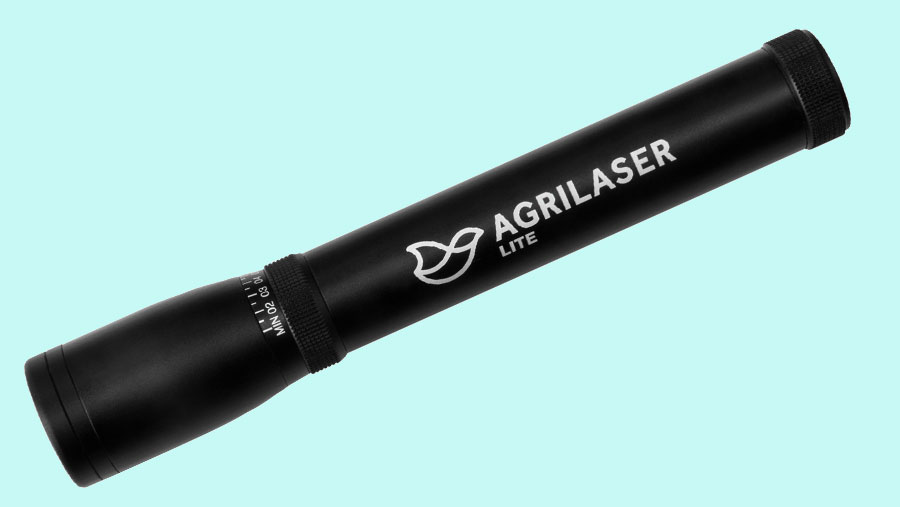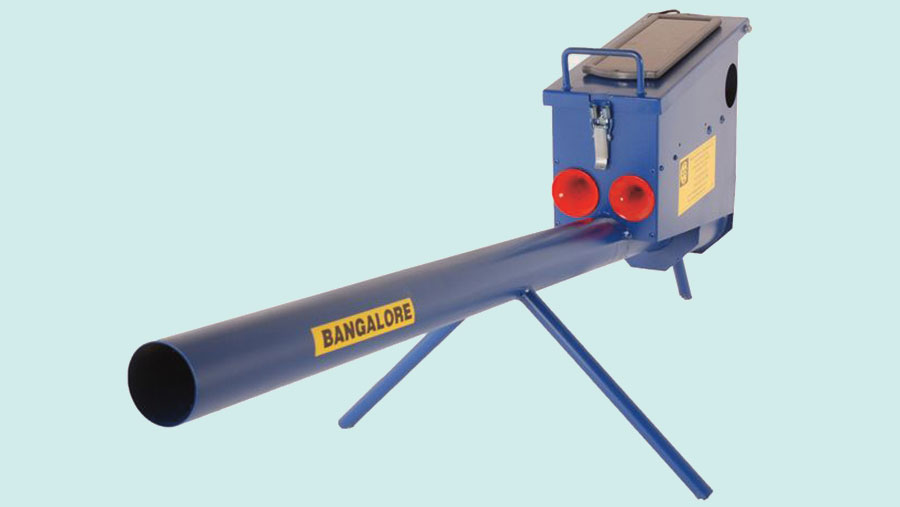Options to protect cattle feed from starlings in the autumn
 © FLPA/Shutterstock
© FLPA/Shutterstock Starlings can be a pest to livestock farmers, especially during autumn months, when wintering flocks arrive in the UK.
The birds’ consumption of maize in cattle feed can reduce milk output, contaminate feed and buildings, and deplete expensive feed stocks.
Starlings are protected by the Wildlife and Countryside Act 1981 and the provision to control starlings under a general licence was removed from the Act in 2005.
So, what should you do if your farm comes under siege at housing this autumn?
David Ball, AHDB Dairy technical manager for dairy farm buildings recommends dissuading them before they establish a base early in the season.
Farmers should implement preventative measures before and during the migration period in October/November.
Once starlings have settled on their winter-feeding preferences, control measures will have limited success.
See also: Starlings ‘steal up to £40,000 of cattle feed a farm’
We take a look at the options for starling control and ask Mr Balls’ opinion on the effectiveness of each one.
1. Netting
What is it?
Mesh netting designed specifically to keep starlings out of buildings.
How does it work?
Netting comes with 28mm holes (just over an inch), which is small enough to prevent starlings wriggling through.
Effectiveness
- Netting can be highly effective if the building is suitable, but it is only totally effective if every possible gap is covered – for instance, even the gap in the roof of buildings with an open-vented ridge.
- Space boarding must be covered too, as starlings will fly through the gaps.
- If you are using netting, you have to cover the gable ends, the entrances, and underneath the gates.
- If you have a sheeted gate, but there is a hole where you slide the bolt across, that gap is big enough for a starling to get through, so it can be difficult to cover everything, says Mr Ball.
- For obvious reasons, it is only suitable to protect feed passages when they are located inside a building, and netting can disrupt airflow, so more ventilation – such as fans – might be needed.
- Costs are not high compared with the benefits, although attention to detail is required to maintain a good starling deterrent.
Cost
Most suppliers offer a cut-to-size service to the nearest metre. Expect to pay about £1.26/sq m (including VAT) .
Netting is also available in sheets, with prices ranging from £21.76 (including VAT) for 5sq m to £347.87 for 20sq m.
It will probably be necessary to replace the netting every year to ensure effective exclusion.

Netting to protect against birds
2. Handheld laser
These lasers have been developed with the sole purpose of deterring birds. They produce a beam that starlings perceive as an approaching danger, so they fly away in search of safety.
How it works
It unsettles starlings – they dislike the moving beam and see it as a physical danger, so they move away from an area.
Effectiveness
- It has excellent results when dispersing starlings from the inside of buildings because the light levels are lower here.
- Be aware that lasers work well in dull conditions, but are not very effective when it is bright and sunny. A wide, green beam is regarded as the most effective.
- Range varies according to the model, but the more expensive ones have a reach of 2,500m.
- Manufacturers claim that birds don’t get used to the laser beam, but there is some evidence that this isn’t necessarily the case.
- It is labour intensive because an operator is always needed.
- Once a dense population has overwhelmed buildings, it can be difficult to move birds on.
Cost
Prices start from about £370 (including VAT) for a model with a 1,000m range, rising to just under £1,000 (including VAT) for a device with a range of 2,500m.

Agrilaser
3. Scaring device
What is it
Pre-recorded distress and alarm calls, bangers and rockets specifically developed for this purpose, all using some form of noise to frighten off starlings.
How it works
A banger can be set to go off at different times of the day or an electronic device set to play the distress call of the starling.
Effectiveness
- Potential effectiveness low because birds soon get used to consistent audio sounds. Therefore, the noise needs to be changed frequently and the device moved, Mr Ball recommends.
- Frequent changes in device location and adjustments to the sounds are essential to reduce habituation.
- If using bird mimicry audio, there could be benefits to switching it from the distress call of the target species to a predator. The more variety, the better.
- Audio devices can provide an effective secondary mitigation method – they have not been found to work on their own for an extended period.
Cost
A decent sonic bird scaring device can cost upwards of £400 (including VAT); gas-operated bangers with an electronic timer are about £300 (including VAT).

© Murrell Trading
4. Altering feeding times
Changing feed times from traditional morning feeding is a logical approach to reducing starling invasions, because the birds naturally eat at the start of the day.
If there is no feed available, they will move on to a site where there is.
How it works
A low volume of feed availability is less attractive than lots of fresh feed, so if the starlings arrive in the morning when cows are only cleaning up what is left over from the night before, they aren’t going to hang around for long.
This system has the potential to reduce the amount of faecal contamination by starlings on the cows’ feed, as cows can have long periods of feeding time on fresh total mixed ration before any bird contamination occurs.
Effectiveness
- A levy body-funded study found that feed losses can be reduced by 14-22%.
- That study also found that cows rapidly adapt to the change, but this approach needs to be discussed with a nutritionist to ensure cow performance and health is not compromised.
- Routine change should be started early in the autumn, before starlings arrive and earmark good winter feeding sites.
Cost
Mostly involves no extra cost.
Tops tips for keeping starlings out of buildings
- Use of several methods of mitigation simultaneously or sequentially will give a greater guarantee of success.
- Individual control measures have varying levels of effectiveness if used on their own, so an integrated approach using a variety of techniques is likely to be more effective and reduce habituation rates.
- Most methods will not apply to all situations and need to be selected for their appropriateness for the farm system, building design and the farm staff’s acceptance of change.
- The bottom edges of doors are best protected by the fitting of rubber flaps.
- Use foam material to fill awkward spaces in buildings.
